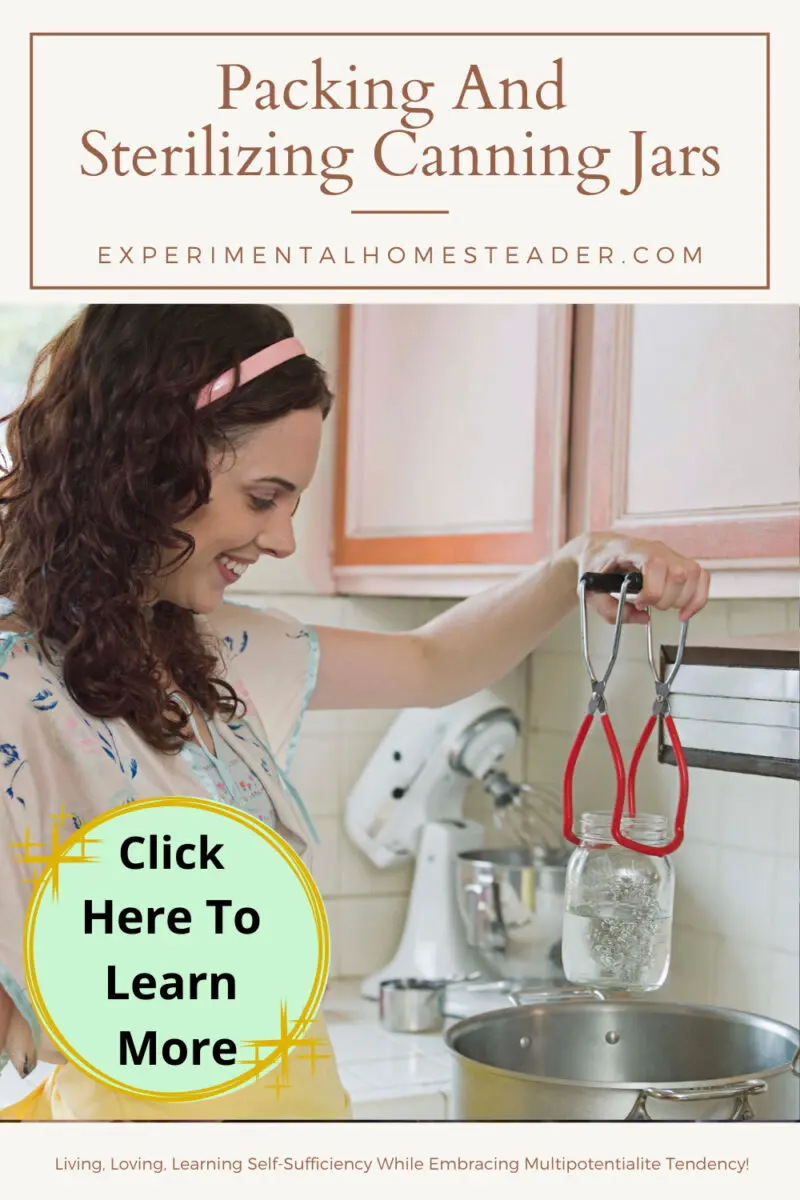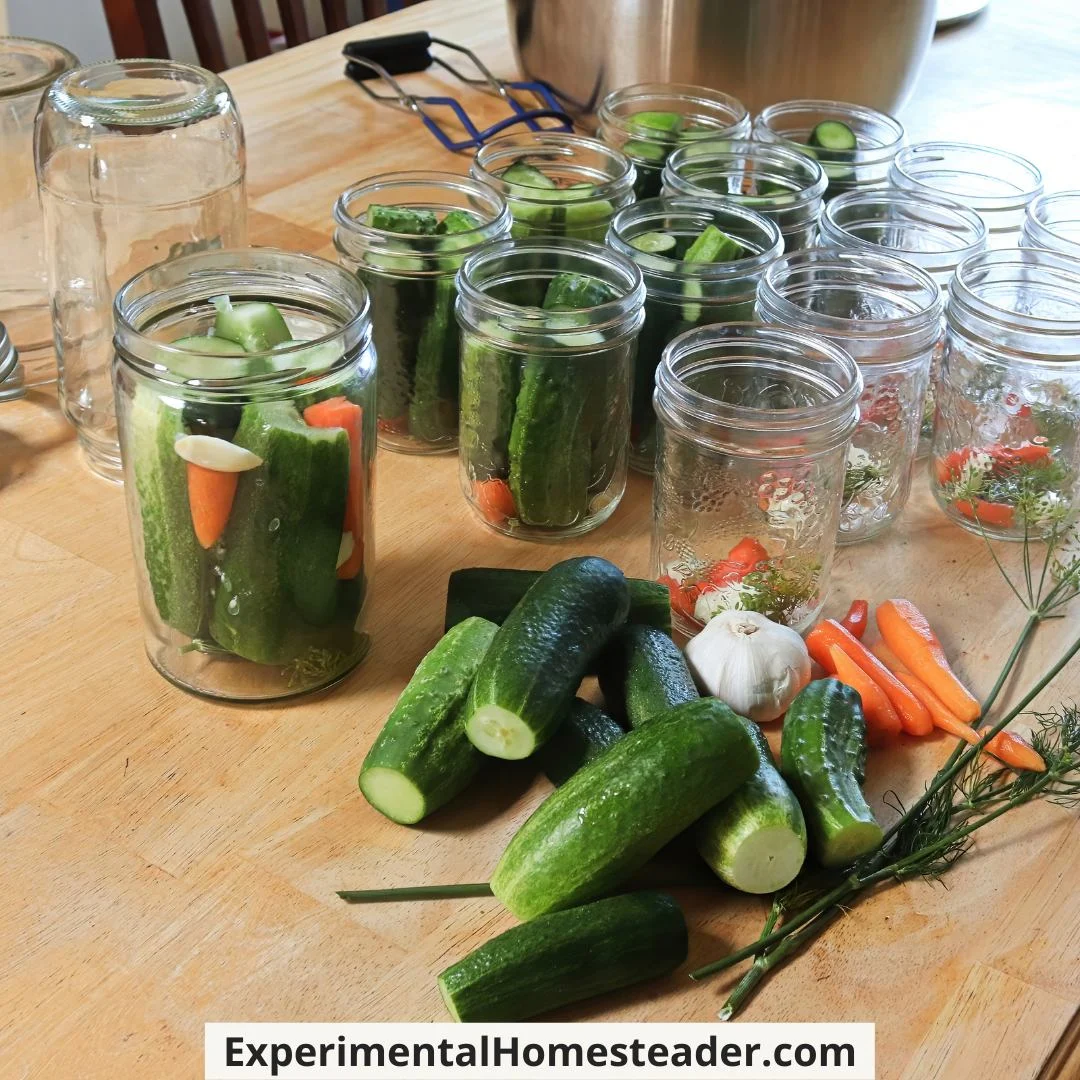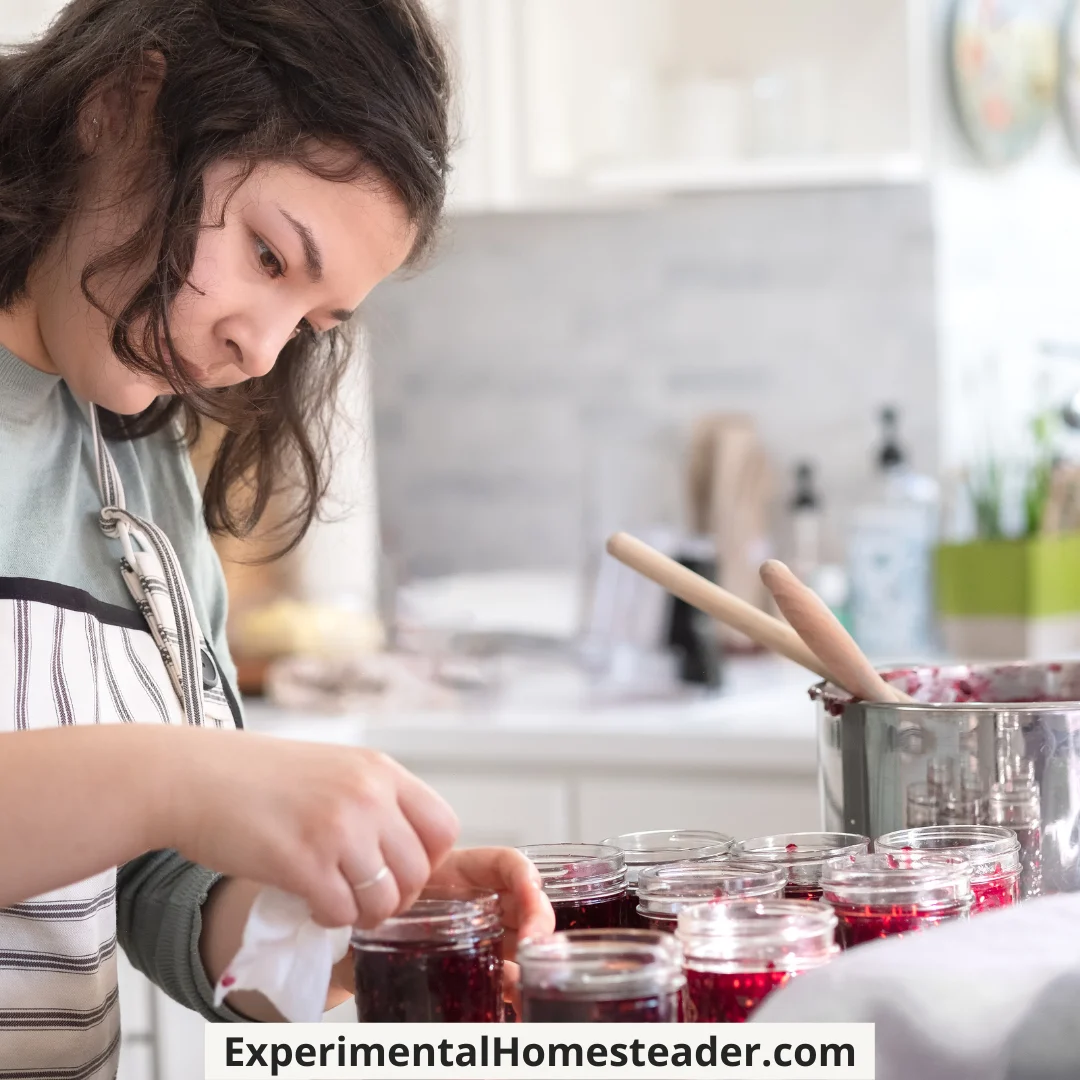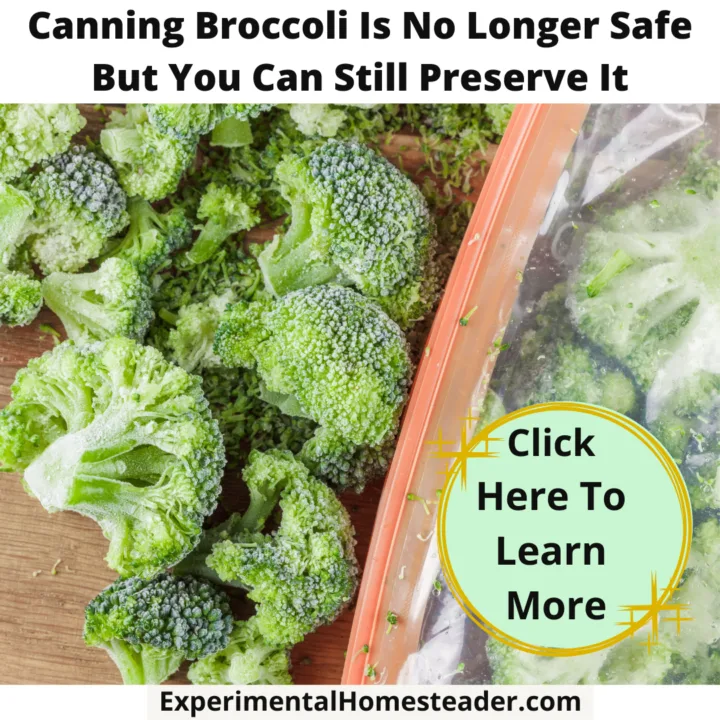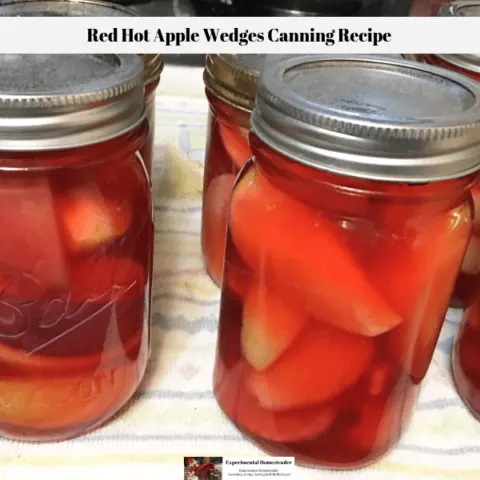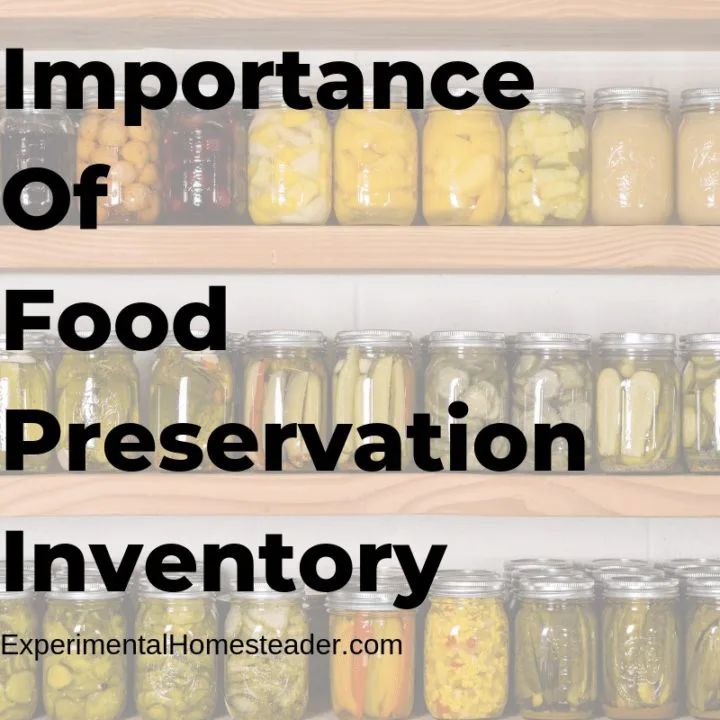Do you plan to start canning and preserving food, but know that sterilizing canning jars properly is an important part of the process?
Maybe you have had a problem in the past with your jars not sealing properly or having some jars leak during the canning process?
Or worse, maybe you thought you had properly canned your food, only to find out months later that your lids did not remain sealed.
If so, you are not alone.
In this blog post we will be discussing how to properly sterilize canning jars, as well as steps on how to do it safely.
We will also discuss why it's important to sterilize the jars, lids and bands before you use them in order to maintain the safety of your food during the canning process.
Importance Of Properly Sterilizing Canning Jars
I'm going to talk to you today about why it's important to sterilize your canning jars, and also about the proper way to pack a canning jar.
The first thing you're going to want is a jar lifter.
A jar lifter allows you to easily pick up the jar and dip it in the boiling water without using your hands.
You're going to dip it the entire canning jar down into the pot of boiling water.
You can let the jar go if you like and roll it around in the boiling water so you get the entire jar sterilized.
The size of pot you use is up to you.
I have used both a canning pot and a smaller pot to sterilize jars, lids and bands.
Once the jar is sterilized, then you're going to carefully take the jar out of the pot and pour the water that remains in the jar back into the pot.
You want to be careful not to burn yourself because the jars are going to be really hot.
I like to prepare several jars at a time when I'm canning.
Be Sure To Check The Canning Jars For Cracks Or Other Damage
If you didn't check the tops of the jars when you washed them, be sure to check the top of the jar to make sure there's no cracks or chips, because if the jar has any cracks or chips, your lids are not going to seal.
You don't want to do all this work for nothing.
The reason it is so important to sterilize your jars before you use them is because your food is going to set in these jars for a year, maybe longer, and you don't want to take the chance of any kind of bacteria getting into them.
Along with sterilizing the jars, you also want to sterilize the lids and bands - even though I realize the newer lids say you don't have to, I still do it.
A canning lid rack that you can find in most canning section of stores makes it really easy to sterilize both the lids and the bands.
In my video, the pan I used was too shallow for the canning lid rack to fully submerge the lids and bands, so make sure you use a pot that is deep enough for the lids and bands to be submerged.
This way the jars, the lids and the bands are all properly sterilized.
Properly Packing The Canning Jars
The next step is to properly pack the canning jars with the food you are going to can.
In the video, I used green beans.
I already washed the green beans and broke them up.
So not, I'm just going to put them in the jars packing them as tightly as possible.
What you need to be aware of is that because we are raw packing these, which means the green beans are not pre-cooked, they will shrink during the canning process.
So you want to pack them in really tight.
As the green beans begin to reach the top of the jar, you can press down on these to make more room.
Sometimes you'll have some green beans that are a little longer and you can break them up a little more to make them fit.
Sometimes a wooden spoon is really helpful to be able to reach down in here and pack these a little tighter.
Just kind of push down on them.
You're not going to hurt the green beans, but you do need to make sure that they are packed real tight.
Now you're going to be adding water to the jars, and some canning salt, depending on your preference.
Most canning recipes require that you leave a quarter to a half inch of headspace in the jar and this depends on exactly what you are canning.
It is important to stop filling the jars once the right amount if headspace is left, because that leaves room for expansion and it keeps your lids from blowing off during the canning process.
Sometimes it's kind of hard to judge how much headspace you need to leave and that is why the bubble popper with the measurer is such an important tool.
It helps to remove the excess bubbles inside your jars so you get them properly filled with liquid and it shows you exactly where to stop filling the jar to get the correct amount of headspace.
Make Sure The Bands Are On The Canning Jars Correctly
The other thing that I want to tell you, and I'm only doing a demonstration here, so this is not going to be ready to go into my canner, is that after you've filled your jar and you've put everything in it that you need to put in.
Wipe the top of the jar rim off with a paper towel moistened with white vinegar than place the lid on it immediately.
Next place the band on the jar and turn the band to where it's just fingertip tight.
I like to turn it so it's tight and then just back it off maybe an eighth of an inch.
That's usually tight enough that it will seal properly during the canning process.
When the jars come out of your canner, you want to carefully remove them without tipping them and set them on kitchen towels on a table away from the heat of the stove.
Tighten the bands again because they may have some loose during the canning process, then leave the jars set for 24 hours to cool.
The next day, once the jars are cooled, remove the band and gently press the edges of the lid upward to make sure they are sealed.
Do not pull or press hard enough to remove the lid, you are just checking for a secure seal,
If the lids are not sealed, you can put the jars back into the canner one more time and try again.
When I have had to do this, I recheck the rim of the jar because most of the time I have missed a crack or chip in the jar.
If that is the case, you need to decide if you want to salvage the food or just toss it since glass chips could be in it.
If there are no imperfections in the rim of the jar, then wipe the rim of the jar with a paper towel slightly moistened with vinegar, wash and sterilize a brand new lid and place a new band on the jar.
Repeat the canning process from start to finish.
If the jar does not seal a second time, place the food in the refrigerator and eat it.
Canning Food At Home
The Ultimate List Of Home Canning Recipes
This ultimate list of home canning recipes are all tested and proven to work. Learn how to preserve the fruits and vegetables you grow in your garden!
Canning Broccoli Is No Longer Safe But You Can Still Preserve It
Although canning broccoli was once considered safe, times have changed thus freezing, dehydrating or freee drying broccoli is recommended.
Homemade Beef Stew Recipe For Canning
When it comes to having quick home cooked meals that just need reheated, this beef stew recipe for canning can't be beat!
Red Hot Apple Wedges Canning Recipe
Preserving your own food means trying new recipes, such as this red hot apple wedges canning recipe. While it is true, it is a good idea to stick to recipes you know you and your family will eat, it never hurts to branch out a bit.
Cinnamon Chocolate Mint Fruit Cocktail Recipe
This Cinnamon Chocolate Mint Fruit Cocktail recipe is ideal to use up some of your extra summer fruit or to combine some of the fruit you have already preserved to come up with something a little different.
How To Make Homemade Maraschino Cherries
Learn how easy it is to make and can your own homemade maraschino cherries. Not only do these taste great, but they are easy to preserve too!
Five Spice Cherry Canning Recipe
This five spice cherry canning recipe is a unique take on typical recipes for canning cherries. I love the way the spices complimented the tart cherries!
How To Easily Start Canning Blueberries
Learn how to easily start canning blueberries in your own kitchen. Home canning is a great way to preserve fresh foods that you or someone you know grew.
Apple Canning Recipes
There are many recipes for canning apples and I think I have tried them all. However the best way is to can them in plain syrup.
How To Make Raspberry Vinegar
A great way to preserve raspberries is to make raspberry vinegar. Its delicious on pork chops! Best of all you can preserve it for winter use by canning it.
Orange-Cranberry Vinegar And Marinade Recipe
This orange-cranberry vinegar and marinade recipe is easy to make, easy to can and tastes great!
How To Make Homemade Ketchup
Learn how to make homemade ketchup right in your own kitchen using tomatoes you grew in your garden. This recipe works with fresh or frozen tomatoes!
Homemade BBQ Sauce Recipe
This homemade bbq sauce recipe uses fresh tomatoes and is perfect for canning. Use it as it is or as a base sauce to create different types of BBQ sauces.
How To Make Cajeta Goat Milk Caramel
Learn how easy it is to make cajeta goat milk caramel from fresh goat milk. Plus learn how to preserve it for winter use by canning it.
How To Make Homemade Honey
Learn how to make homemade honey right in your own kitchen using a mixture of water, sugar, red clover, white clover and fireweed!
How To Make Rose Petal Jelly
Learn how to make rose petal jelly using fresh rose petals from your favorite organically grown roses. Try different roses for unique flavored jelly.
Delicious Raspberry-Chocolate Sundae Topper Recipe
This delicious, easy-to-make raspberry-chocolate sundae topper is an ideal canning recipe making it easy to serve to guests or give as gifts!
Try These Off Season Food Preservation Ideas
These off season food preservation ideas are perfect for the off season. There are lots of items you can fill your freezer with or even can year-round.
Importance Of Food Preservation Inventory
Do you understand the importance of food preservation inventory? From spices to food stored in the freezer and pantry, this list can help you save money.
Four Factors That Affect Food Storage
Understanding the four factors that affect food storage is essential for keeping your food safe, especially if you intend to store it long term.
Canning Food: Is It Worth The Time And Effort?
Learn if canning food at home is really worth the time and effort involved as well as about some of the supplies you need to get started.
Home Canning Supplies
There are a number of home canning supplies you need to get started canning food at home, the Bellemain Kit contains 6 of them.
Canning At Home
When canning at home making sure everything is clean and in good condition is essential for food safety and your families health.
Fruit Juice Concentrate
Learn how to make your own fruit juice concentrate at home using fresh fruits from your garden or the farmers market.
Preserving Citrus Fruits
Preserving citrus fruits is something you want to know how to do if you grow your own, buy in bulk or have citrus fruits given to you.
Preparing Fresh Green Beans
Get out of the grocery store and into home-canning fresh green beans. Experience the symbiotic relationship of land and food security.


